Target flow meters, also known as drag force flow meters, measure flow by detecting the force exerted by fluid flow on a target (or drag body) placed in the flow path. This force is proportional to the flow rate and can be translated into an accurate measurement of the flow rate for both gases and liquids. Target flow meters are known for their durability and ability to handle high pressures, making them suitable for challenging applications, including viscous, slurry, and corrosive fluids. However, for optimal performance, target flow meters require proper installation, including specific straight pipe lengths to stabilize the flow profile.
Below, we discuss the critical installation considerations and guidelines for straight pipe lengths to help ensure accurate measurements with target flow meters.
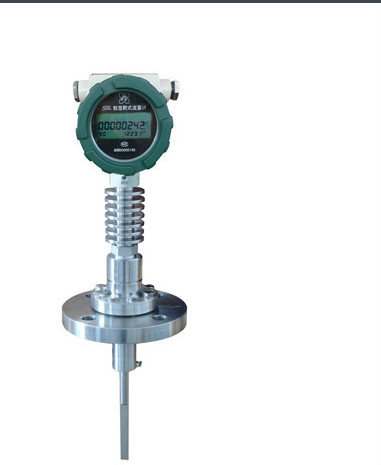
1. Why Straight Pipe Sections Are Important for Target Flow Meters
Target flow meters rely on a stable flow profile to accurately measure the drag force exerted by the fluid on the target. Any disturbances, such as turbulence or swirling, can cause fluctuating forces on the target, affecting the accuracy of the flow reading. Straight pipe sections before and after the target flow meter allow the fluid to stabilize, ensuring a more predictable flow profile and minimizing measurement errors.
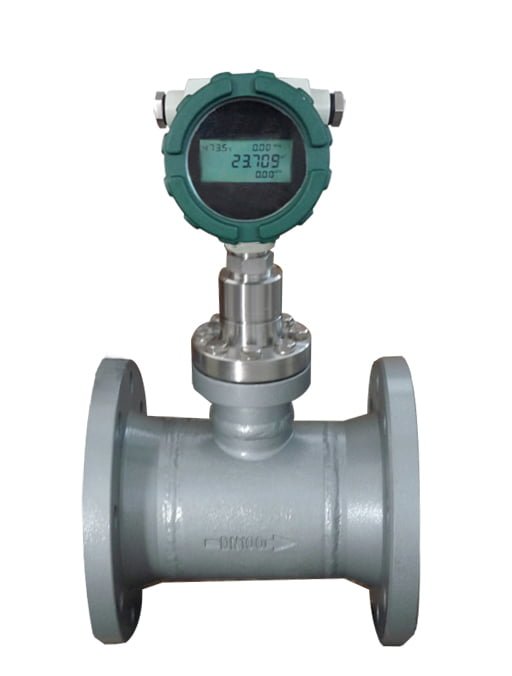
2. Upstream Straight Pipe Requirements
The upstream (inlet) straight pipe section helps eliminate turbulence and flow asymmetry caused by upstream disturbances such as elbows, valves, or reducers. The required length of the upstream section varies based on the degree of disturbance:
- Basic Requirement: For installations with minimal disturbances, a minimum of 10 times the pipe diameter (10D) is typically recommended as the upstream straight pipe length.
- Higher Disturbances: In cases where there are significant upstream disturbances, such as multiple elbows or valves, extending the upstream length to 15D or even 20D may be necessary to achieve a stable flow profile before it reaches the target.
Following these recommendations for the upstream section allows the fluid to settle and helps avoid measurement errors due to flow profile disruptions.
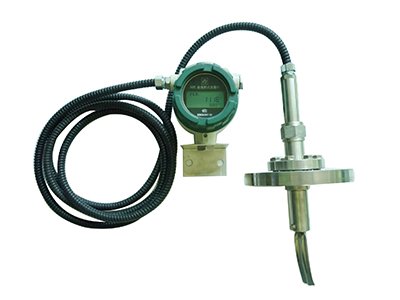
3. Downstream Straight Pipe Requirements
The downstream (outlet) straight pipe section is usually shorter than the upstream section but is still important for measurement stability. This section allows the flow to recover after it has passed the target:
- Basic Requirement: A minimum of 5 times the pipe diameter (5D) is generally sufficient for the downstream straight pipe length.
- High-Accuracy Applications: For applications requiring high precision or where downstream disturbances are present, extending the downstream length to 10D may help maintain measurement stability.
4. Installation Reference Table
The table below summarizes the recommended straight pipe lengths for target flow meters based on common upstream disturbances:
| Upstream Disturbance Type | Recommended Upstream Straight Pipe Length | Recommended Downstream Straight Pipe Length |
|---|---|---|
| No Disturbance | 10D | 5D |
| Single 90° Elbow | 15D | 5D |
| Two 90° Elbows (Same Plane) | 15D | 5D |
| Two 90° Elbows (Different Planes) | 20D | 5D |
| Reducer or Expander | 15D | 5D |
| Valve (Control or Throttle) | 20D | 5D to 10D |
| Pumps or Compressors (High Turbulence) | 25D | 10D |
| Flow Conditioner Installed | 5D | 5D |
Notes:
- D represents the inner diameter of the pipe.
- Upstream Length Variability: The required upstream pipe length depends on the level of disturbance in the flow.
- Downstream Length: Usually shorter but may need extension to 10D in high-accuracy applications or where there are downstream disturbances.
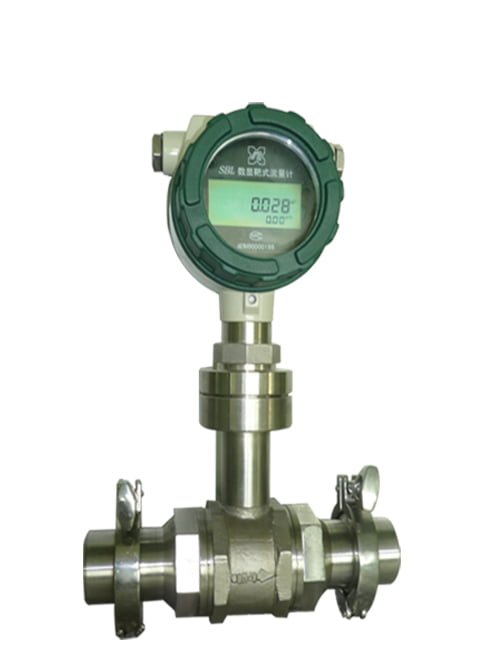
5. Additional Considerations: Flow Disturbances and Flow Conditioners
Other factors can influence the accuracy of target flow meters, particularly in installations where space is limited or where significant flow disturbances are unavoidable:
- Elbows and Bends: Elbows, especially in different planes, can create swirling and asymmetrical flow patterns. If unavoidable, increasing the length of the straight pipe section or installing a flow conditioner can help reduce these effects.
- Control Valves and Pumps: These components create fluctuations in flow, which can interfere with the target’s stability. Positioning them further away from the meter or adding a flow conditioner can improve measurement accuracy.
- Flow Conditioners: Flow conditioners or straightening vanes can be useful in reducing the need for long straight pipe sections, helping create a uniform flow profile before the fluid reaches the target flow meter.
6. Importance of Following Manufacturer and Industry Standards
Manufacturers often provide specific guidelines on straight pipe lengths and installation practices for target flow meters based on their design and intended use. Following these guidelines, along with relevant industry standards (such as those from ISO or ASME), ensures reliable and accurate performance in various applications.
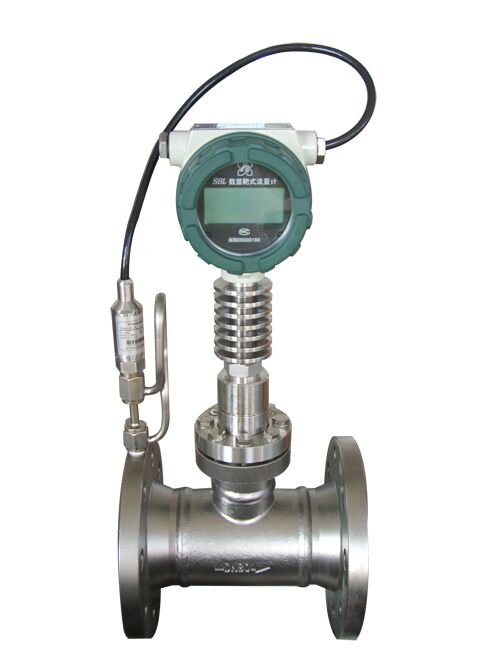
7. Conclusion
For accurate measurements with target flow meters, proper installation with adequate straight pipe lengths is essential. Following general guidelines—10D to 20D upstream and 5D to 10D downstream, depending on disturbance levels—helps reduce measurement errors and ensure consistent performance. In cases where space is limited or high disturbances are present, flow conditioners can be employed to achieve a more stable flow profile. Adhering to these best practices allows target flow meters to provide accurate and reliable measurements in a wide range of industrial applications.
